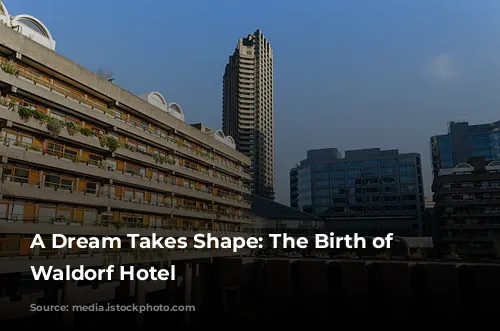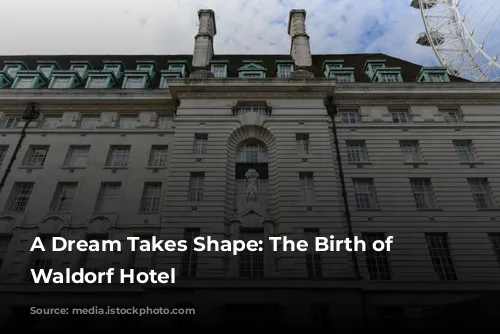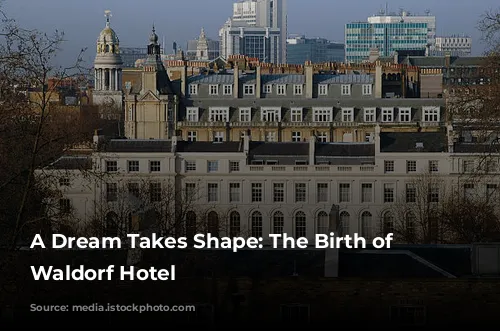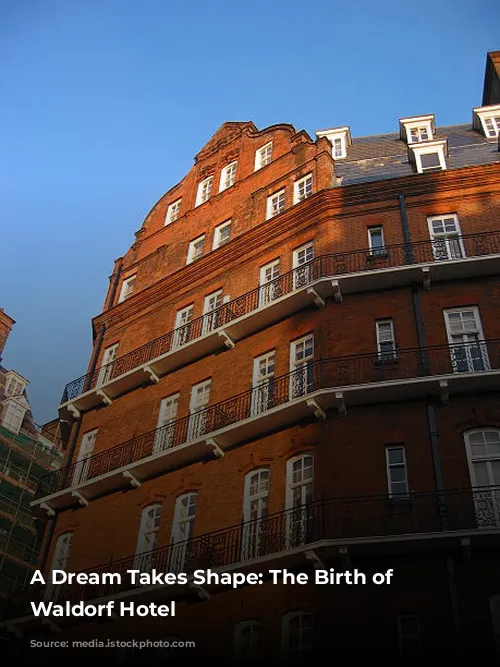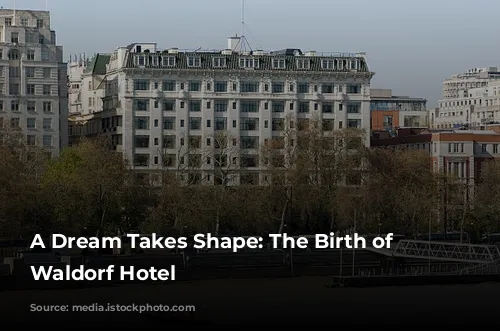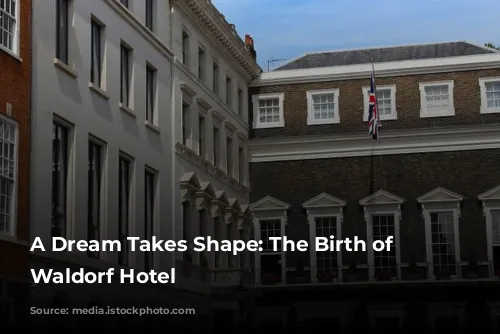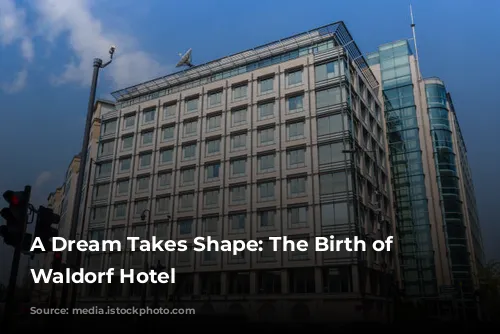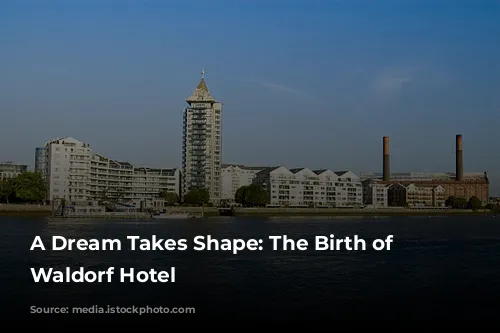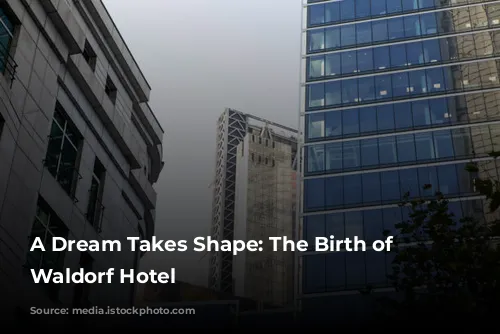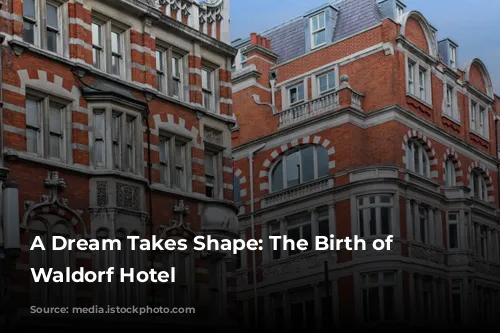The year was 1889, and London was on the cusp of a monumental transformation. The newly formed London County Council had ambitious plans to reimagine the city’s landscape, undertaking the largest urban renewal project since the Great Fire of 1666. This ambitious endeavor involved clearing eight acres of existing structures to make way for a grand crescent-shaped development known as Aldwych, connected to Holborn by a new road called Kingsway.
Among those captivated by this ambitious vision was Edward George Saunders, the manager of the Coronet Theatre in Notting Hill Gate. Saunders harbored a fervent desire to own his own theatre, and he saw in Aldwych a golden opportunity to realize his aspirations. He shared his vision with Thomas Frederick Wild, a chartered accountant and fellow theatre enthusiast, and together they envisioned a new theatre within the heart of this burgeoning district.
A Name that Resonated with Success
The name Saunders and Wild chose for their venture – the Waldorf – was a deliberate attempt to evoke an aura of wealth and exclusivity. At the time, William Waldorf Astor, a recently naturalized British citizen, was the world’s richest man, and his name became synonymous with opulence and grandeur. While rumors persisted about Astor’s involvement in the project, the reality was that the name “Waldorf” simply resonated with the partners’ aspirations for their theatre and the accompanying hotel they envisioned.
Despite this ambitious vision, their initial attempts to secure funding for their endeavor proved challenging. Shares in the syndicate failed to sell as quickly as hoped, and Saunders’ dream of a theatre began to crumble when two competing theatres were established on either side of their proposed site.
A Hotel of Majestic Proportions
Undeterred, the partners persisted, enlisting the services of renowned architect Alexander Marshall Mackenzie to design the hotel. Mackenzie, who had witnessed the latest trends in American hotel design, aimed to create a hotel that would surpass anything London had seen before. His vision included an impressive array of amenities, such as a higher-than-usual ratio of bathrooms to bedrooms, three grand entrance halls, and a luxurious Palm Court lounge.
The Waldorf Hotel opened its doors in 1908, a stunning embodiment of Edwardian architecture. The “Architectural Review” lauded it as a “dignified architectural note in the improved heart of London.”
A Realm of Luxury and Glamour
Inside, the Waldorf offered a truly unparalleled level of comfort and sophistication. Its 400 bedrooms, 176 bathrooms, and an array of private suites with sitting rooms and bathrooms provided guests with unprecedented levels of luxury. The hotel was a marvel of modern technology, boasting electric lights controlled from bedside, telephones in every room, and a pioneering telephone exchange. Public spaces spanned two stories, featuring a billiards room, ladies’ drawing room, and private suites with balconies overlooking Aldwych.
The Waldorf quickly became a haven for London’s elite, attracting guests who sought to experience the height of social refinement. The hotel’s grand ballroom, with its gleaming dance floor, became a popular destination for the city’s socialites, particularly during the roaring twenties when the tango craze swept through London. The Waldorf’s iconic Tango Teas, held in the restaurant, solidified its reputation as a place where elegance and entertainment intertwined.
Through War and Recovery
The Waldorf’s story, however, was not without its challenges. The Second World War brought a devastating blow when a flying bomb struck the hotel, causing damage and destruction. Despite the devastation, the Waldorf persevered, and after the war, it once again became a place where Londoners celebrated and gathered.
But the war had taken its toll. The hotel struggled to regain its former glory, and the need for revitalization became apparent. Enter Charles Forte, the hotel magnate who would become Lord Forte of Ripley. In 1959, Forte acquired the Waldorf, making it the first property in what would eventually become his vast hotel empire.
A Legacy of Refinement and Innovation
Under Forte’s stewardship, the Waldorf flourished, undergoing several renovations that ensured its continued success. In 1992, a £12.5 million refurbishment revitalized the hotel, and it reopened in 1993, marking its 85th anniversary. In 2004, Hilton Hotels took over the management of the Waldorf, investing £35 million to further enhance the guest experience.
The Waldorf Hotel, from its grand beginnings as a dream in 1889 to its enduring presence in the 21st century, stands as a testament to ambition, innovation, and the enduring allure of luxury and elegance. The hotel has witnessed the changing tides of London’s history, always adapting and evolving, while remaining a symbol of refinement and hospitality.

